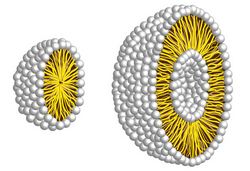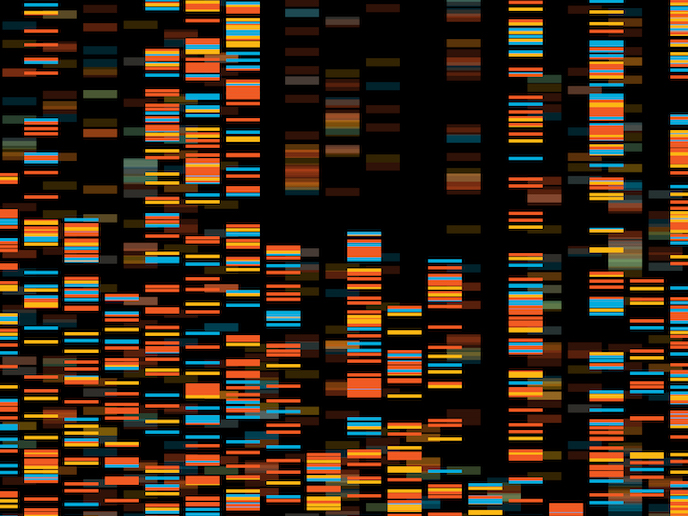Liposomes as vectors for specific drug delivery
The goal of the EU-funded LISCOMF (Light-induced spatiotemporal control of membrane fusion for targeted therapy) project was to design liposome vectors that deliver clinically relevant drugs to targeted cells in vitro. Vector design and composition would be such that they could be exclusively operated by externally applied light. In other words, induction of liposome fusion with the cell plasma membrane is triggered upon light irradiation. Researchers used shielded peptides that had previously induced spontaneous liposome-liposome fusion and tethered them to opposing membranes. A first, they were able to demonstrate spatial control of liposome docking at cellular membranes and photo-induced de-shielding and fusion. At the final stage of the project, scientists carried out extensive screening of liposome vectors in an in vivo model. More than 50 non-functionalised liposome formulations were tested in zebrafish embryos. The whole body distribution of liposomes was screened in high resolution. The study confirmed that cationic liposomes interact non-specifically with the vascular endothelium, while liposomes >200nm in diameter are readily taken up by the mononuclear phagocytes. This uptake was significantly reduced by PEGylation of the liposome surface.







